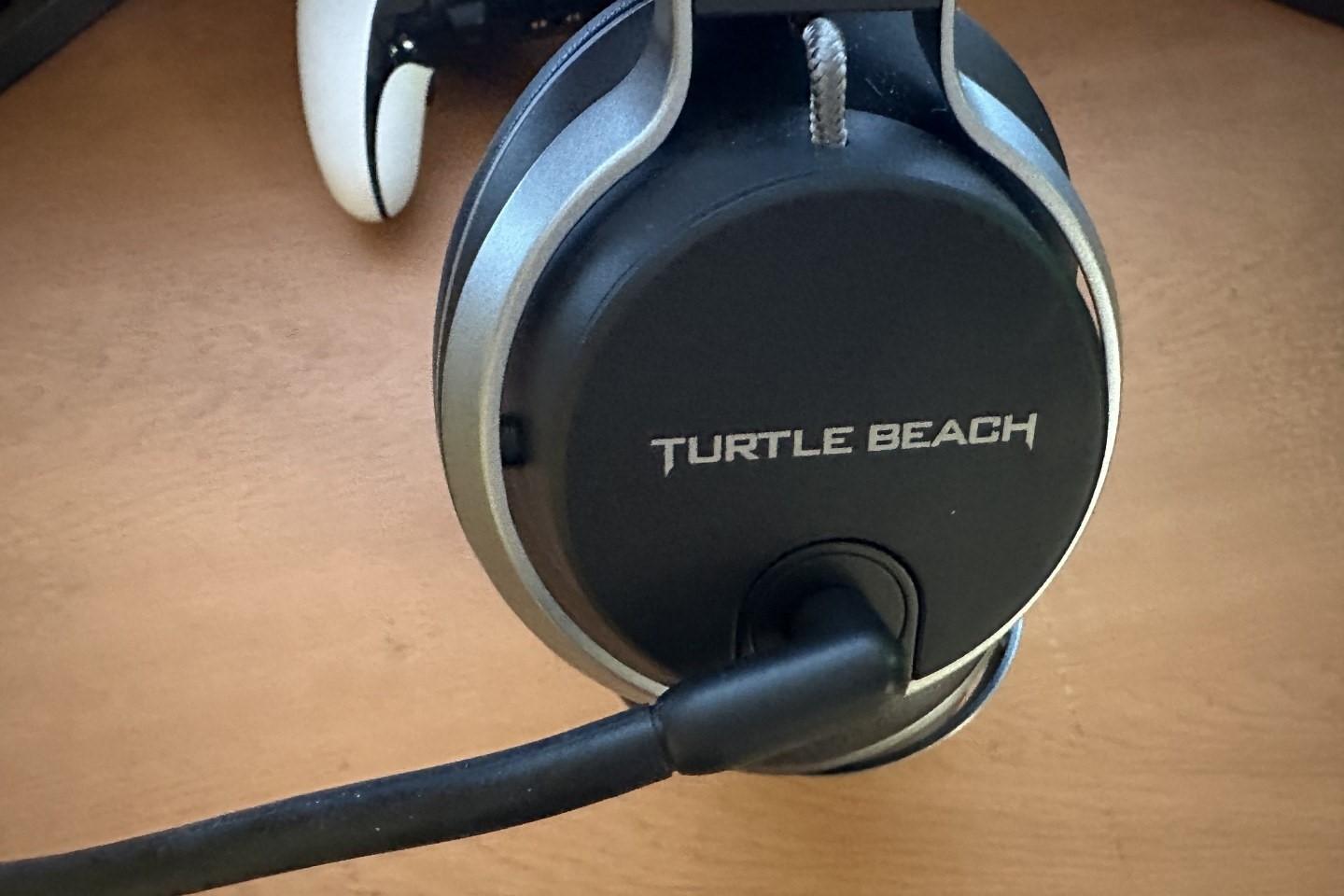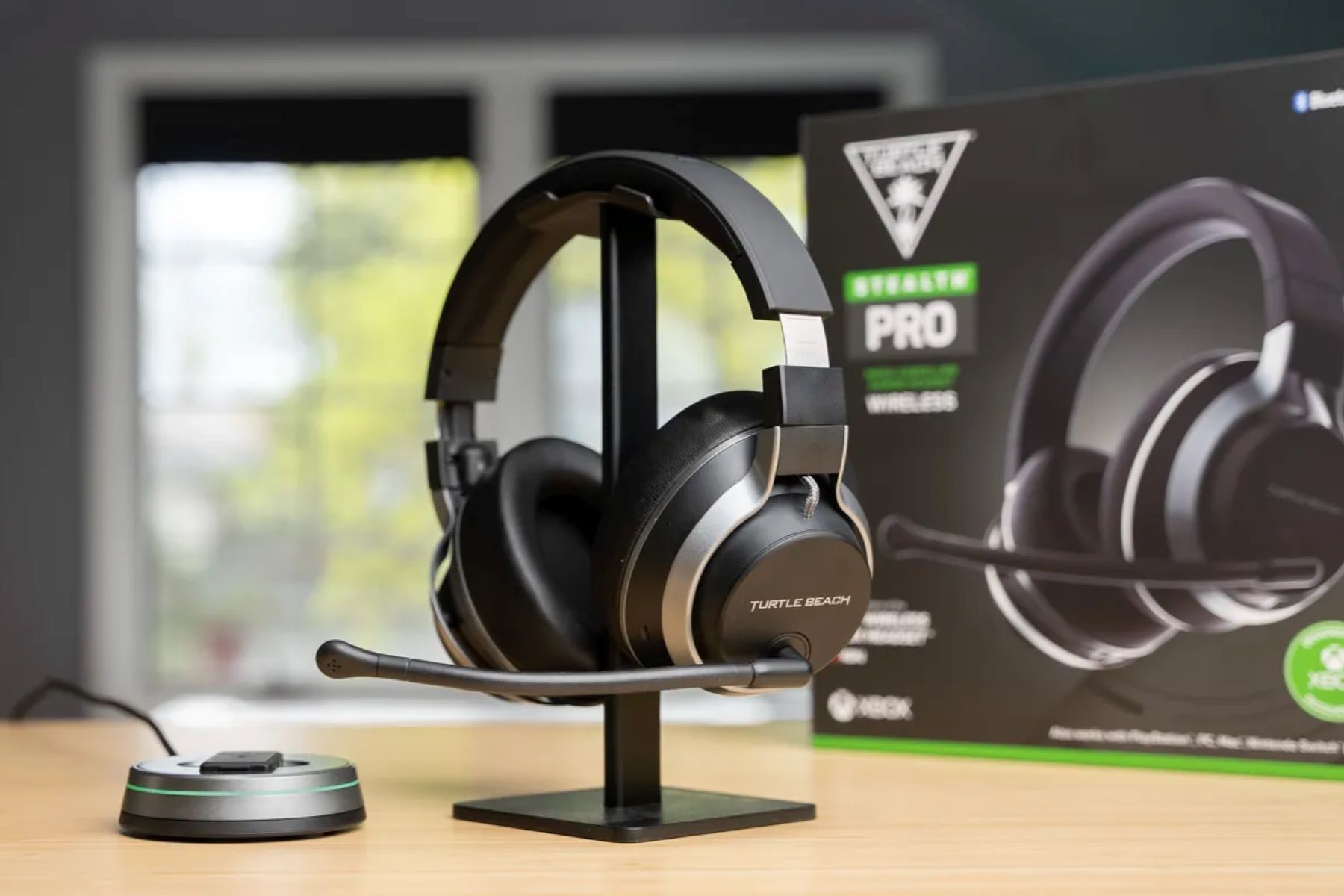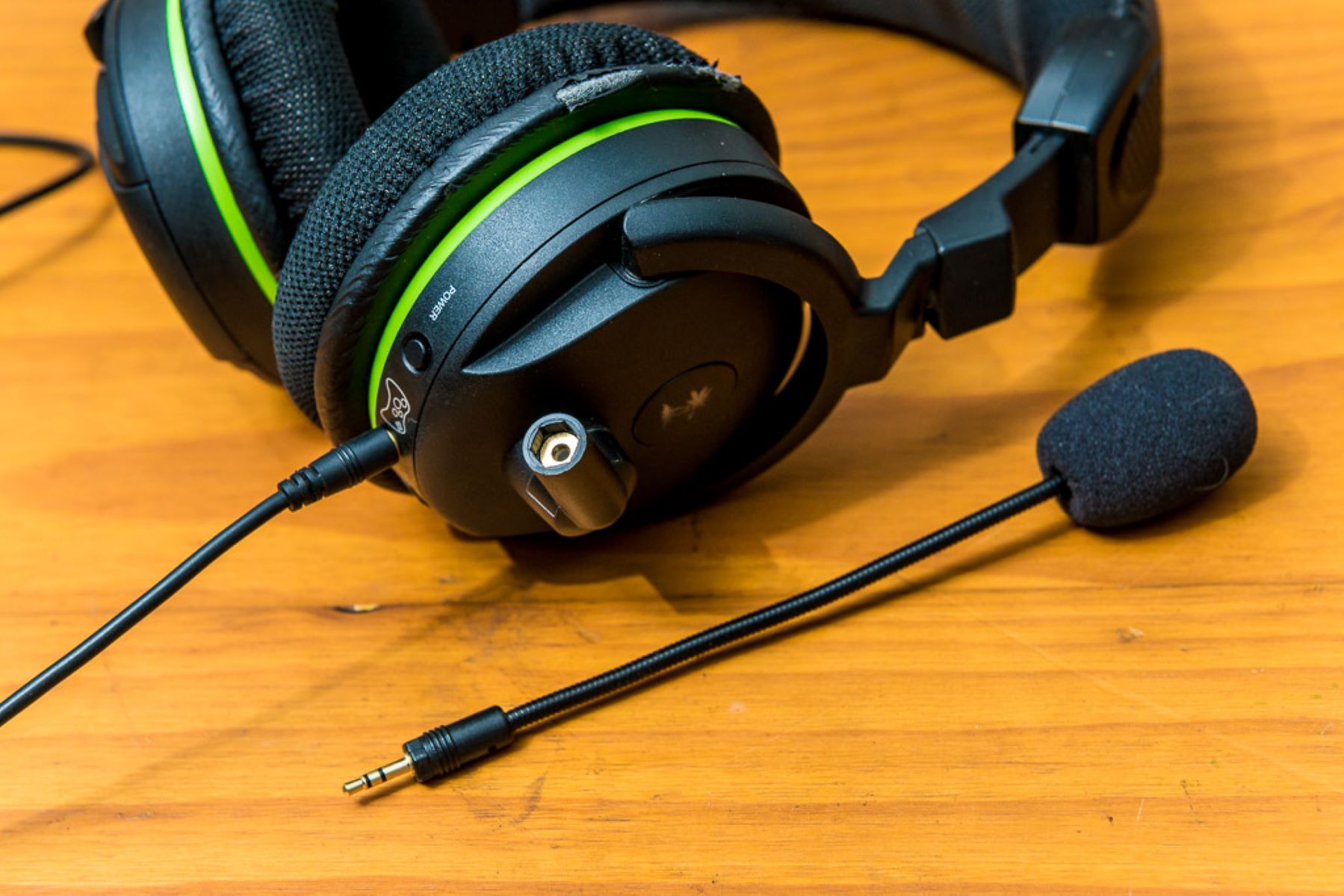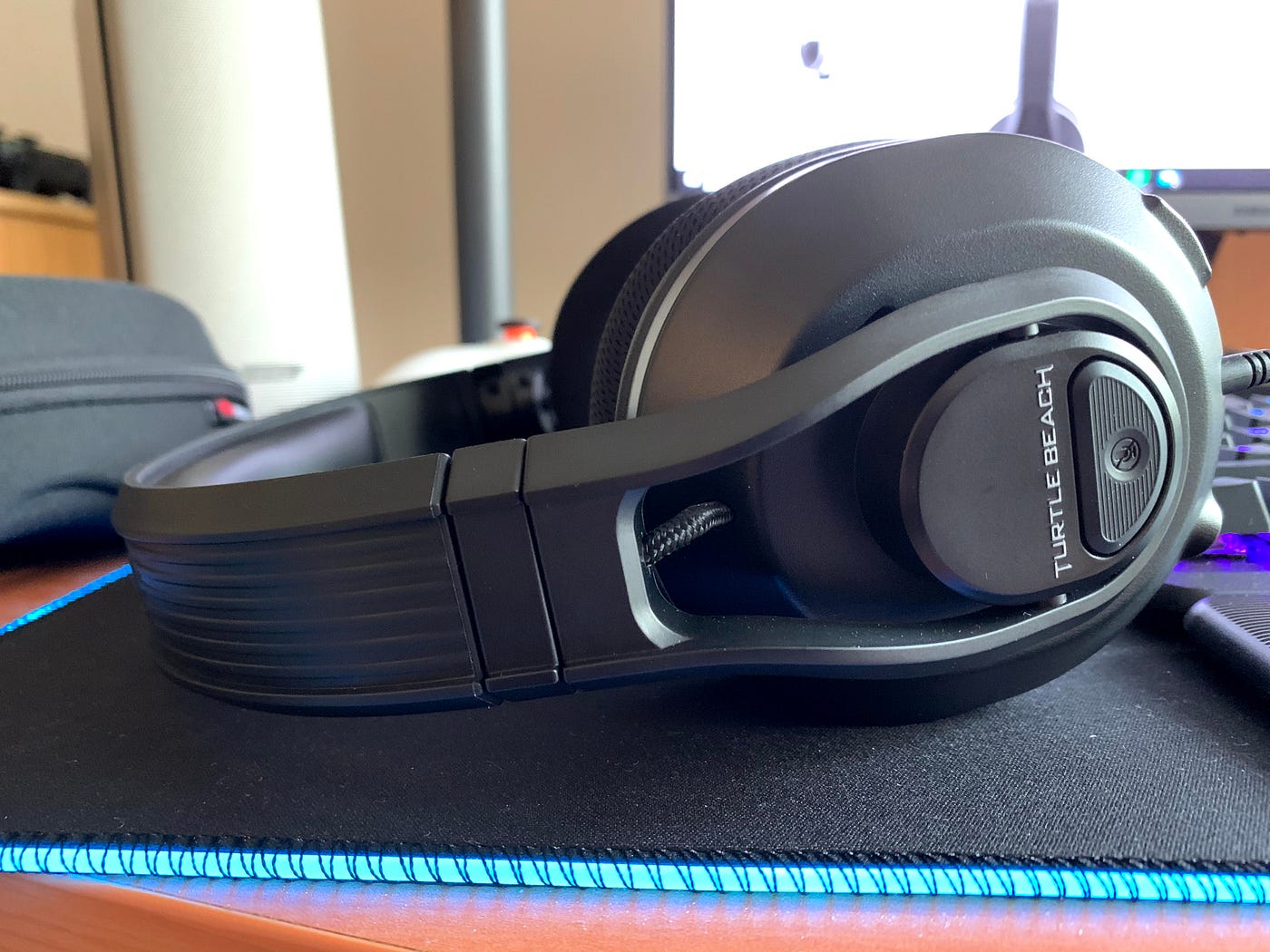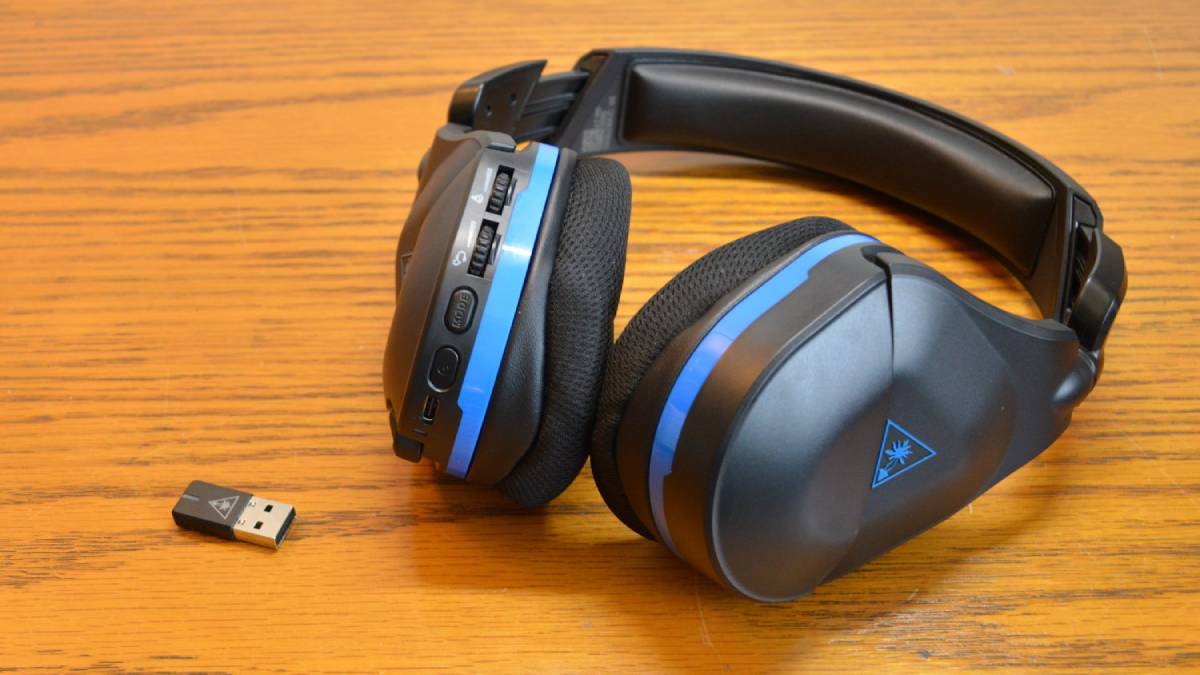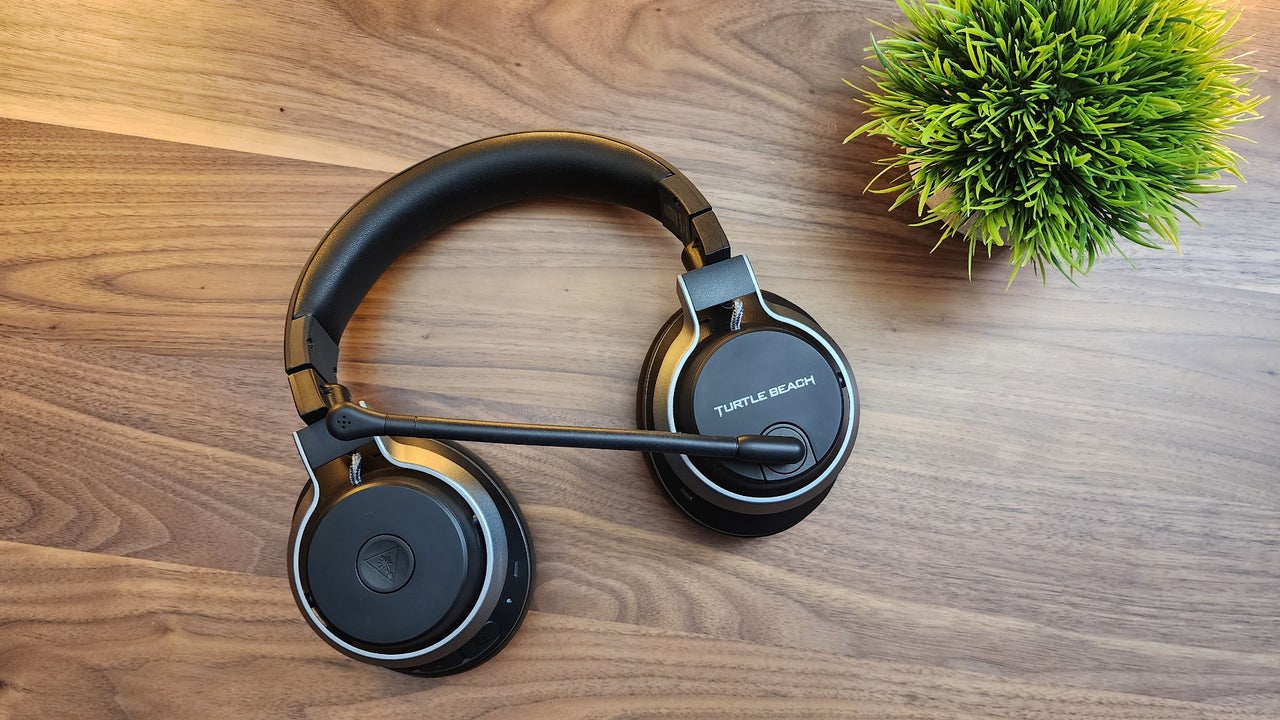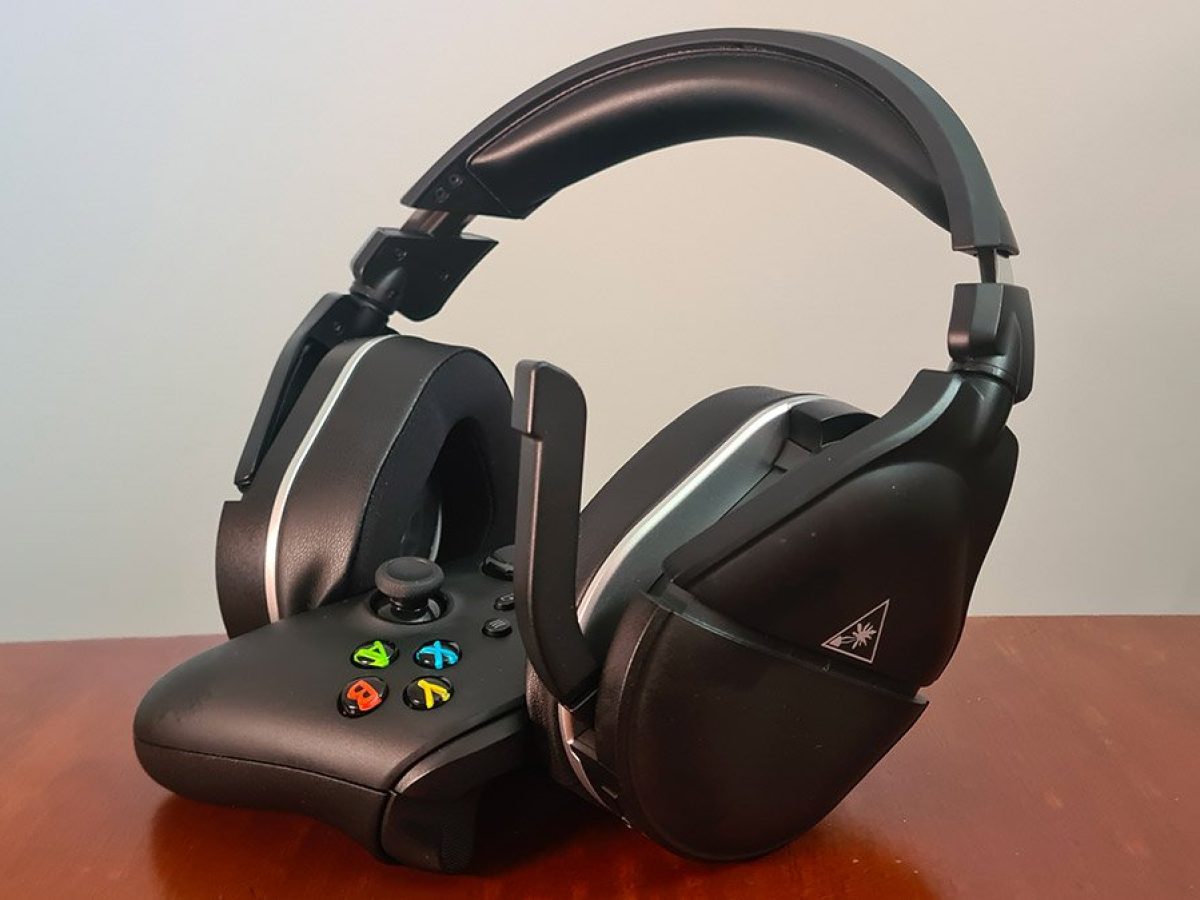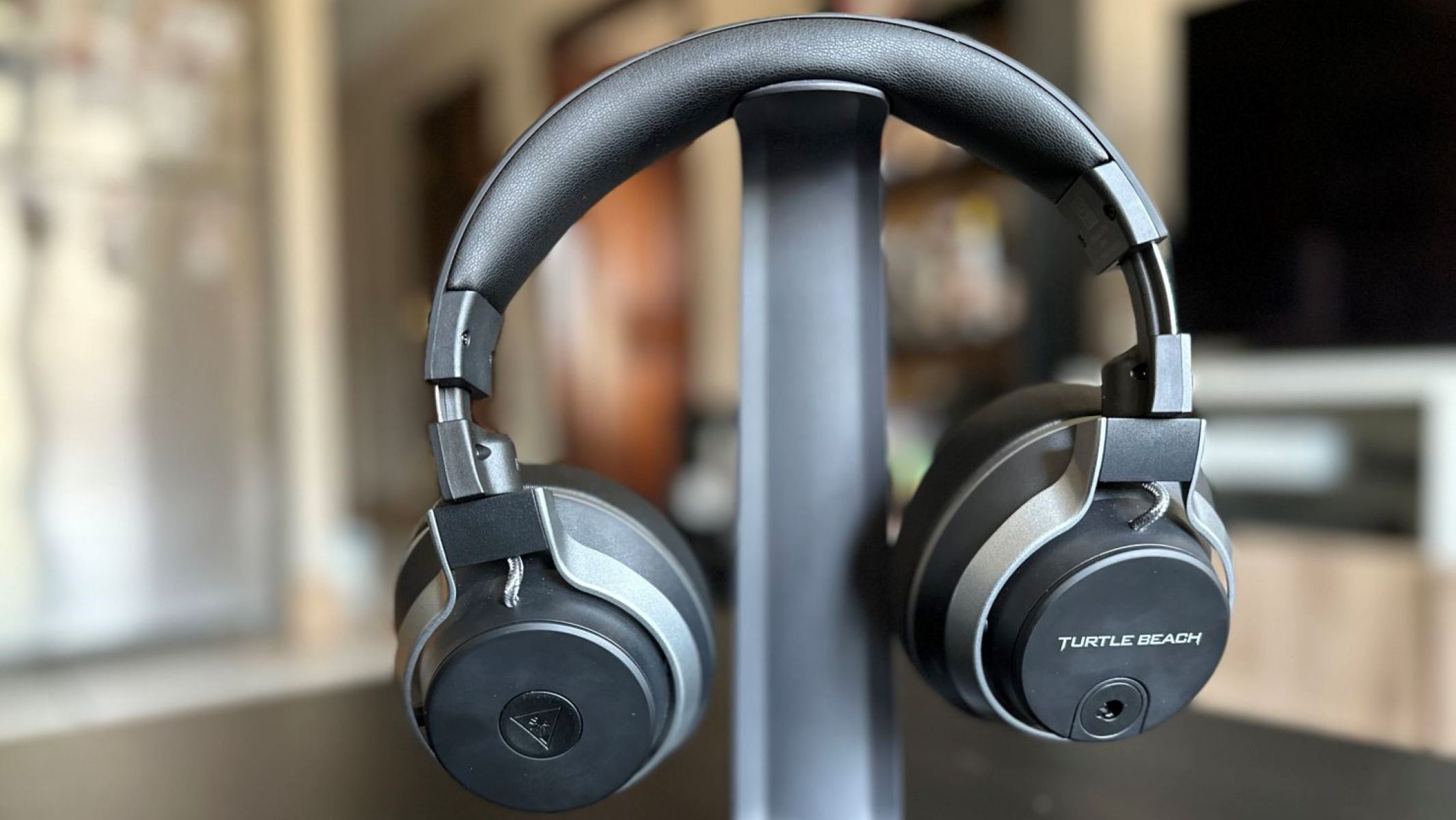Introduction
Turtle Beach headsets are renowned for delivering immersive audio experiences, making them a top choice for gamers, content creators, and audio enthusiasts. However, despite their advanced technology and exceptional performance, users may encounter frustrating issues such as echo during voice chat or gameplay. This unwelcome echo can disrupt communication, diminish the overall audio quality, and detract from the intended experience.
In this article, we will delve into the common causes of echo in Turtle Beach headsets and provide comprehensive troubleshooting steps and solutions to address this vexing issue. Whether you're a seasoned gamer, a professional streamer, or a casual user, understanding how to resolve echo problems with your Turtle Beach headset can significantly enhance your audio experience and ensure seamless communication during gameplay, virtual meetings, or content creation.
By exploring the troubleshooting and solutions outlined in this article, you'll gain valuable insights into optimizing your Turtle Beach headset's performance, mitigating echo-related challenges, and ultimately enjoying crystal-clear audio without any disruptive reverberations. Let's embark on this journey to troubleshoot and resolve the echo woes that may arise with your Turtle Beach headset, empowering you to fully immerse yourself in the captivating world of audio entertainment and communication.
Common Issues with Turtle Beach Echo
Turtle Beach headsets are revered for their exceptional audio quality and immersive experiences; however, users may encounter frustrating issues related to echo. Echo, in the context of audio communication, refers to the phenomenon where the speaker hears their own voice repeated with a slight delay, creating a disruptive and disorienting effect. This issue can arise during voice chat, gameplay, or virtual meetings, detracting from the intended audio experience. Understanding the common issues associated with Turtle Beach echo is crucial in effectively troubleshooting and resolving these challenges.
-
Microphone Sensitivity: One of the primary culprits behind echo issues in Turtle Beach headsets is microphone sensitivity. When the microphone picks up audio from the headset's speakers, it can create a feedback loop, resulting in an echo effect. This often occurs when the microphone sensitivity is set too high, causing it to capture and transmit ambient sound, including the audio output from the headset.
-
Audio Leakage: Another prevalent cause of echo in Turtle Beach headsets is audio leakage. This occurs when the sound from the headset's speakers leaks into the microphone, leading to an echo effect during voice communication or gameplay. Audio leakage can be attributed to various factors, including the design of the headset, the proximity of the microphone to the speakers, and the volume levels at which the headset is being used.
-
Software and Firmware Issues: In some instances, echo problems with Turtle Beach headsets may stem from software or firmware-related issues. Outdated drivers, incompatible software configurations, or firmware glitches can disrupt the headset's audio processing, leading to echo during voice chat or gameplay. Additionally, software conflicts with system settings or other applications can exacerbate echo issues, necessitating thorough troubleshooting to identify and rectify the root cause.
-
Hardware Interference: External factors such as electromagnetic interference or hardware malfunctions can contribute to echo problems in Turtle Beach headsets. Interference from nearby electronic devices, faulty headset cables, or damaged audio connectors can introduce unwanted artifacts into the audio signal, manifesting as echo during voice communication or gaming sessions.
Understanding these common issues associated with Turtle Beach echo lays the groundwork for effective troubleshooting and targeted solutions. By identifying the underlying causes, users can implement tailored strategies to mitigate echo-related challenges and optimize their Turtle Beach headset's audio performance.
Troubleshooting Steps
When encountering echo issues with your Turtle Beach headset, it's essential to undertake systematic troubleshooting steps to identify and address the root causes of the problem. By following these targeted troubleshooting measures, users can effectively isolate the sources of echo and implement tailored solutions to restore pristine audio quality and seamless communication. Here are the comprehensive troubleshooting steps to mitigate echo woes with your Turtle Beach headset:
-
Microphone Sensitivity Adjustment: Begin by adjusting the microphone sensitivity settings on your Turtle Beach headset. Lowering the microphone sensitivity can help mitigate echo by reducing the likelihood of audio feedback from the headset's speakers. Access the headset's control panel or audio settings to fine-tune the microphone sensitivity, ensuring that it captures your voice accurately without picking up excessive ambient sound or audio leakage.
-
Positioning and Distance: Evaluate the positioning of the headset's microphone in relation to the speakers and your mouth. Ensure that the microphone is positioned at an optimal distance from your mouth to capture your voice clearly while minimizing the pickup of ambient sound and speaker output. Adjust the microphone's proximity to the speakers to mitigate audio leakage, subsequently reducing the potential for echo during voice communication or gameplay.
-
Firmware and Software Updates: Check for firmware updates and software patches for your Turtle Beach headset. Updating the headset's firmware and associated software can rectify potential compatibility issues, address audio processing glitches, and optimize the device's performance. Ensure that the headset's firmware is up to date and compatible with your system configuration to mitigate echo problems stemming from software-related issues.
-
Audio Configuration Review: Review the audio configuration settings on your gaming console, PC, or communication application. Verify that the input and output audio settings are appropriately configured to prevent audio feedback loops and echo. Adjust the audio input and output levels to maintain a balanced audio signal, minimizing the potential for echo during voice chat or gaming sessions.
-
Environmental Interference Mitigation: Identify and mitigate potential environmental factors contributing to echo, such as electromagnetic interference from nearby electronic devices. Position your gaming setup away from sources of interference, including routers, wireless devices, and electronic appliances, to minimize the impact of external interference on your Turtle Beach headset's audio performance.
By diligently following these troubleshooting steps, users can systematically address echo issues with their Turtle Beach headsets, effectively isolating the underlying causes and implementing targeted solutions to restore optimal audio quality and communication clarity. These proactive measures empower users to enjoy uninterrupted audio experiences, free from the disruptive effects of echo during gaming, voice communication, and content creation.
Solutions for Turtle Beach Echo Woes
After identifying the common issues and undertaking comprehensive troubleshooting steps, it's time to explore targeted solutions to effectively mitigate Turtle Beach echo woes. By implementing these solutions, users can address the root causes of echo and optimize their Turtle Beach headset's audio performance, ensuring crystal-clear communication and immersive audio experiences.
1. Mic Monitoring Adjustment
Adjusting the mic monitoring settings on your Turtle Beach headset can significantly mitigate echo issues. Mic monitoring allows users to hear their own voice in the headset, facilitating self-monitoring during voice chat and gameplay. By fine-tuning the mic monitoring levels, users can strike a balance between vocal monitoring and ambient sound pickup, reducing the likelihood of echo caused by audio feedback from the headset's speakers.
2. Noise Suppression and Acoustic Treatment
Incorporating noise suppression techniques and acoustic treatment in your gaming or communication environment can effectively minimize echo. Utilize noise suppression software or hardware solutions to attenuate ambient noise and unwanted reverberations, creating a conducive audio environment for clear communication. Additionally, implementing acoustic panels or sound-absorbing materials in your gaming space can mitigate reflections and echoes, enhancing the overall audio quality during voice chat and gameplay.
3. Headset Positioning and Orientation
Optimizing the positioning and orientation of your Turtle Beach headset can play a pivotal role in reducing echo. Position the headset's speakers and microphone in a manner that minimizes audio leakage and feedback. Orient the microphone to capture your voice accurately while minimizing the pickup of speaker output, creating a balanced audio input that mitigates echo during voice communication and gaming sessions.
4. Firmware and Driver Optimization
Ensure that the firmware and drivers for your Turtle Beach headset are optimized and up to date. Regularly check for firmware updates and driver patches to address potential audio processing issues, software conflicts, and compatibility concerns. By keeping the headset's firmware and drivers current, users can leverage optimized audio processing algorithms and enhanced compatibility, reducing the likelihood of echo and ensuring seamless communication and audio playback.
5. Communication Application Settings
Review and adjust the settings of your communication applications to optimize audio input and output. Explore the built-in audio settings of voice chat applications and gaming platforms to fine-tune the microphone sensitivity, noise suppression, and echo cancellation features. By customizing these settings, users can tailor the audio processing parameters to mitigate echo and enhance the overall clarity of voice communication during gaming and virtual meetings.
6. Hardware Inspection and Maintenance
Conduct a thorough inspection of the headset's hardware components, including cables, connectors, and audio interfaces. Ensure that the headset's cables are intact and free from damage, and inspect the audio connectors for any signs of wear or corrosion. By maintaining the integrity of the headset's hardware components, users can minimize the risk of audio artifacts and echo caused by hardware malfunctions or connectivity issues.
By implementing these targeted solutions, users can effectively address Turtle Beach echo woes and optimize their headset's audio performance. These proactive measures empower users to enjoy uninterrupted communication, immersive gameplay, and content creation without the disruptive effects of echo, ensuring a seamless and captivating audio experience.







